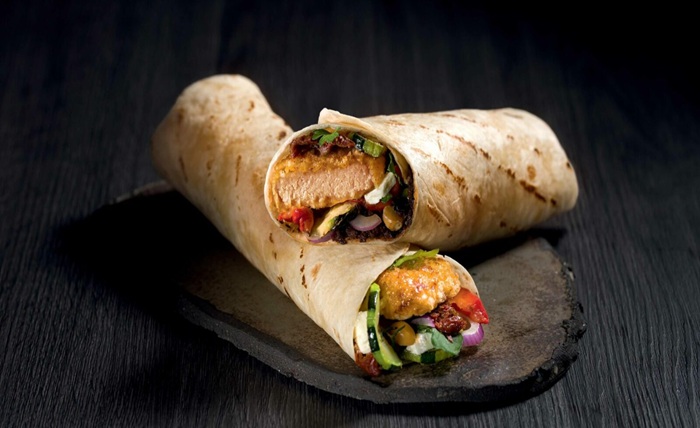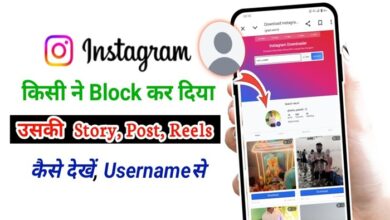wrap: Exploring Its Many Meanings, Uses, and Benefits

Introduction
The concept of “wrap” is ubiquitous in our daily lives, whether you think of how we wrap gifts, the foods we wrap in tortillas, or the way advertising wrap turns vehicles into moving promotions. In this introduction, we explore how the term “wrap” can be interpreted in diverse contexts. From culinary applications and packaging to fashion and media, wrap conveys protection, concealment, or embellishment. This blog post delves into seven key areas where wrap plays a pivotal role, providing insights, tips, and inspiration for readers across different fields.
Culinary Creations — From Burritos to Sushi
When you encounter delicious meals like burritos, spring rolls, or sushi, you’re appreciating the art of wrap. In these culinary creations, wrap refers to enclosing ingredients within a flexible edible exterior—tortilla, nori, rice paper, or lettuce. This technique not only helps in portioning and combining flavors but also enhances portability. Explore how to choose the perfect wrap depending on your recipe, such as using spinach tortilla for added color or nori for a hint of umami. You’ll learn how to layer ingredients strategically to prevent sogginess, balance textures, and achieve the perfect bite every time.
Packaging and Sustainability
In the packaging world, wrap is essential for protecting products during shipping and storage. Whether it’s plastic wrap, bubble wrap, or biodegradable wraps, the choice impacts safety and environmental footprint. This section covers sustainable alternatives like beeswax wraps, compostable cellophane, and reusable silicone wraps. By choosing eco-friendly wrap, consumers and businesses can reduce plastic waste and support green initiatives. Practical tips will include proper disposal of traditional wraps, DIY recipe for beeswax wraps, and how to select the most effective wrap for different packaging scenarios.
Fashion and Style — Scarves, Shawls, and Wrap Dresses
In fashion, wrap plays an elegant role in scarves, shawls, and wrap dresses that both flatter the body and provide comfort. A wrap dress, for instance, wraps around the waist and secures with ties, offering adjustability and ease of wear. Scarves and pashminas wrap around shoulders or necks to add warmth and style. This section explores fabric choices—like cashmere, silk, or knit—that influence the drape and feel of the wrap. Learn how to style a wrap dress for different body types, choose the right wrap for the season, and accessorize wraps to shift seamlessly from day to night.
Media and Entertainment — Film Wrap and Script Wrap
In media, the word wrap signals completion—“That’s a wrap!” marks the end of filming a scene or an entire production. The phrase carries emotional weight for cast and crew, representing closure and achievement. Additionally, script wrap refers to breaking down the elements that wrap together to form the story. In this section, discover the process behind announcing a production wrap, tradition of wrap parties, and how packages like promotional vehicle wrap extend media beyond screens. Whether you’re in production or marketing, wrap has powerful symbolic and practical significance.
Advertising — Vehicle Wraps and Billboards
Wrap isn’t just culinary or fashion; it’s a dynamic tool in advertising. Vehicle wraps transform cars, vans, and buses into mobile billboards, while building wraps can turn entire facades into attention-grabbing campaigns. This section highlights design considerations—high-contrast colors, legible typography, branding consistency—and material choices ensuring durability. Learn how to measure surface area for accurate installation, care tips to preserve vibrant wrap graphics, and the ROI of mobile advertising wrap compared to traditional formats.
Health and Wellness — Therapeutic Wraps
In health and wellness, wraps are used for therapeutic benefits, such as hot stone wrap treatments, mud wraps in spas, or cold wraps for injury care. The idea of wrap in this domain refers to enveloping the body or body part with materials that deliver heat, coolness, or healing substances. This section explores DIY wellness wraps—like herbal wraps for muscle relaxation—or professional spa treatments that use mineral mud, seaweed, or clay. You’ll learn temperature guidelines, safety tips, and how wrap treatments can boost circulation, detoxify skin, or aid recovery.
Tech and Coding — Line Wrap and Data Wrapping
In technology and programming, wrap takes on a more abstract but essential role: line wrap and data wrapping. Line wrap ensures text automatically moves to the next line when it doesn’t fit the viewport, improving readability. Data wrapping is a security measure—wrapping data in encryption or encoding to protect it during transmission. This section introduces how to configure wrap settings in text editors, the pros and cons of word wrap vs. character wrap, and how data wrap formats like Base64 or JSON encapsulation safeguard information. Whether you’re coding or designing UI, wrap remains a cornerstone concept.
Conclusion
Throughout diverse fields—from culinary arts and eco-packaging to fashion, media, advertising, wellness, and tech—the concept of wrap demonstrates remarkable versatility. Embracing the power of wrap means understanding how it protects, enhances, and communicates. Whether you’re wrapping food, wrapping yourself stylishly, wrapping a car with a bold ad, or wrapping data for secure transit, the principles of coverage, presentation, and purpose align. Next time you encounter wrap, consider the care and creativity behind it—and how you can apply that to your own projects.
FAQs
1. What is the best type of wrap for preserving food freshness?
Beeswax wraps and silicone reusable wraps are sustainable alternatives to plastic wrap. They provide a breathable yet protective layer and are ideal for wrapping sandwiches, fruits, and cheese. Wrap these items gently and keep them cool for optimal freshness.
2. How long does a vehicle wrap typically last?
A high-quality vinyl vehicle wrap, when properly installed and maintained, can last between 5 to 7 years depending on exposure to sunlight and weather. Regular washing and avoiding steam cleaning help preserve the integrity of the wrap.
3. Can I make my own therapeutic body wrap at home?
Yes! For a DIY wellness wrap, try mixing warm Epson salt or dried herbs in cloth; wrap around sore muscles to soothe tension. Always patch test first, maintain safe temperatures, and consult a professional if you have circulation or skin concerns.
4. What’s the difference between “word wrap” and “character wrap” in coding editors?
Word wrap breaks lines at whitespace boundaries so words remain intact, improving readability. Character wrap breaks lines at specific character widths even mid-word, which can disrupt readability but may fit strict formatting needs. Setting depends on personal preference or project requirements.
5. Are eco-friendly wraps as effective as traditional plastic ones?
Yes, eco-friendly wraps like beeswax or plant-based compostable wraps can be just as effective at sealing and protecting items. They may be less clingy than plastic wrap but offer superior environmental benefits. Over time, users often prefer wraps that they can wash and reuse instead of single-use plastic.




